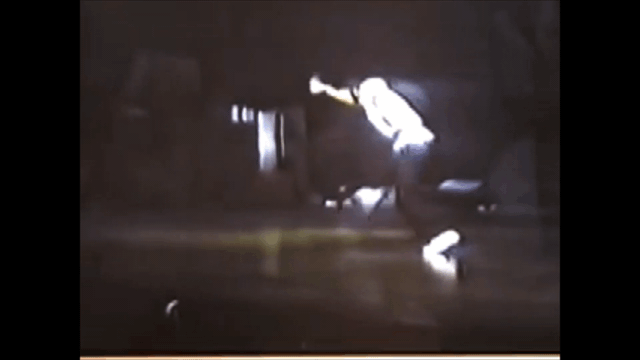Wing Woo Gar
Grandmaster
It sounds as if you and I are the only ones in this conversation who use this in this way. It doesn’t always work, but what does?Average people can throw 4 punches within 1 second. If one trains how to bend elbow during forearm contact, to change a punch into an elbow strike can become natural body response.


